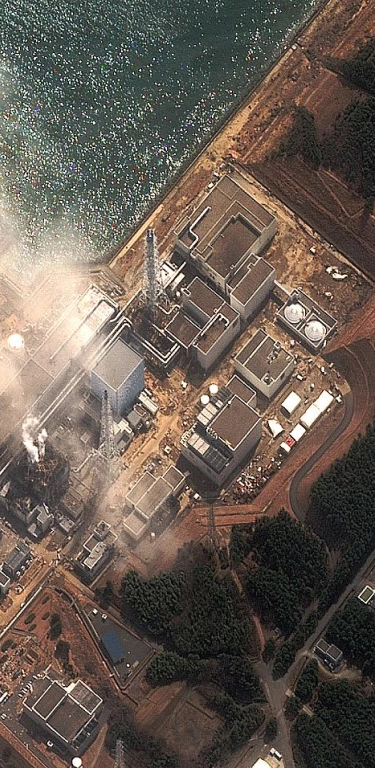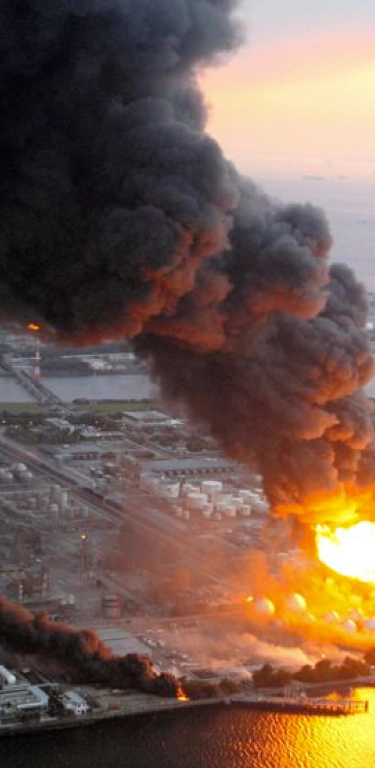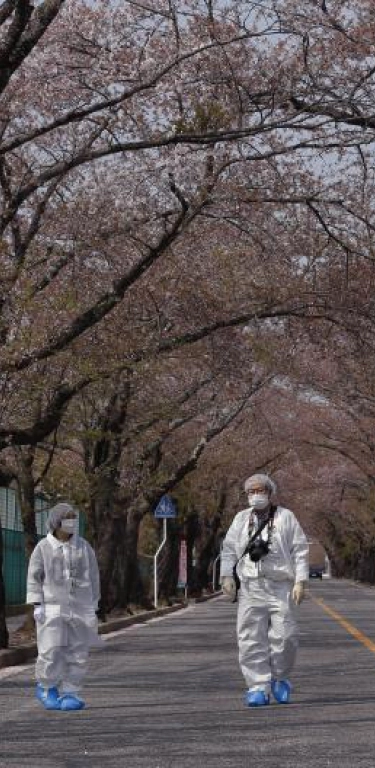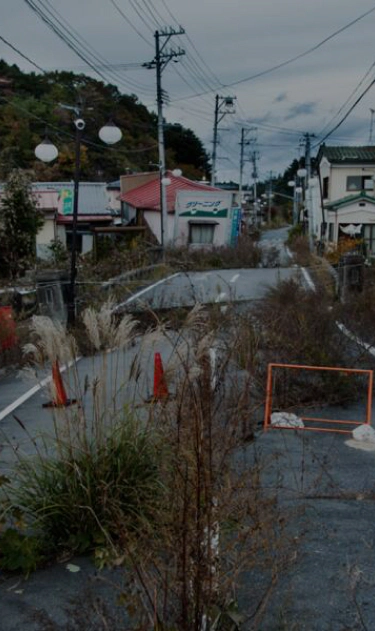What exactly happened?

Fukushima, Japan was a city of about 294,000 inhabitants. But on March 11, 2011, at 5:46 a.m., the most powerful earthquake in Japan occurred, which caused an automatic shutdown of the operating reactors. 51 minutes later, due to the earthquake, a tsunami was created with a wave height of about 30 meters at the highest point, and 15 meters at the central level. Emergency generators failed. As a result, the emergency cooling systems of the nuclear reactors and the spent fuel deactivation pools were shut down. The next day at 3.36 pm, there was a first explosion in the Fukushima reactor number 1. Two days later there was a second explosion, this time in reactor number 3. And finally, the day after the second explosion, it was the turn of reactor number 2 to explode. In all, 18,079 people lost their lives.
Forget the unforgettable

Today, more than 11 years later, Fukushima is still uninhabited, and remains uninhabitable, with villages about 20 to 30 kilometres away completely frozen. There is a political will to try to make Fukushima normal and habitable again. Following this accident, a debate was launched to stop nuclear power. The government is rather in favour of a revival of the sector. But on the population side, the Fukushima disaster remains an unforgettable event, which will remain engraved in the memories of the population.
It is already too late ?

This disaster for me is only the beginning, in the future maybe other nuclear disasters will happen again, like Fukushima, Chernobyl,
Kashiwazaki-Kairwa... With the war in
With the war in Ukraine, for example, which is becoming more and more important, and which is becoming a real risk for humanity. For you, all that I have just said is perhaps your daily life, because it is currently my vision of the future, where many people have become aware of their actions and are doing everything possible to improve the situation.






